iPhone 14 Plus review: a big-screen iPhone for everyone
Offering a 6.7-inch screen and bigger battery, the iPhone 14 Plus is arguably the better non-pro choice for most users

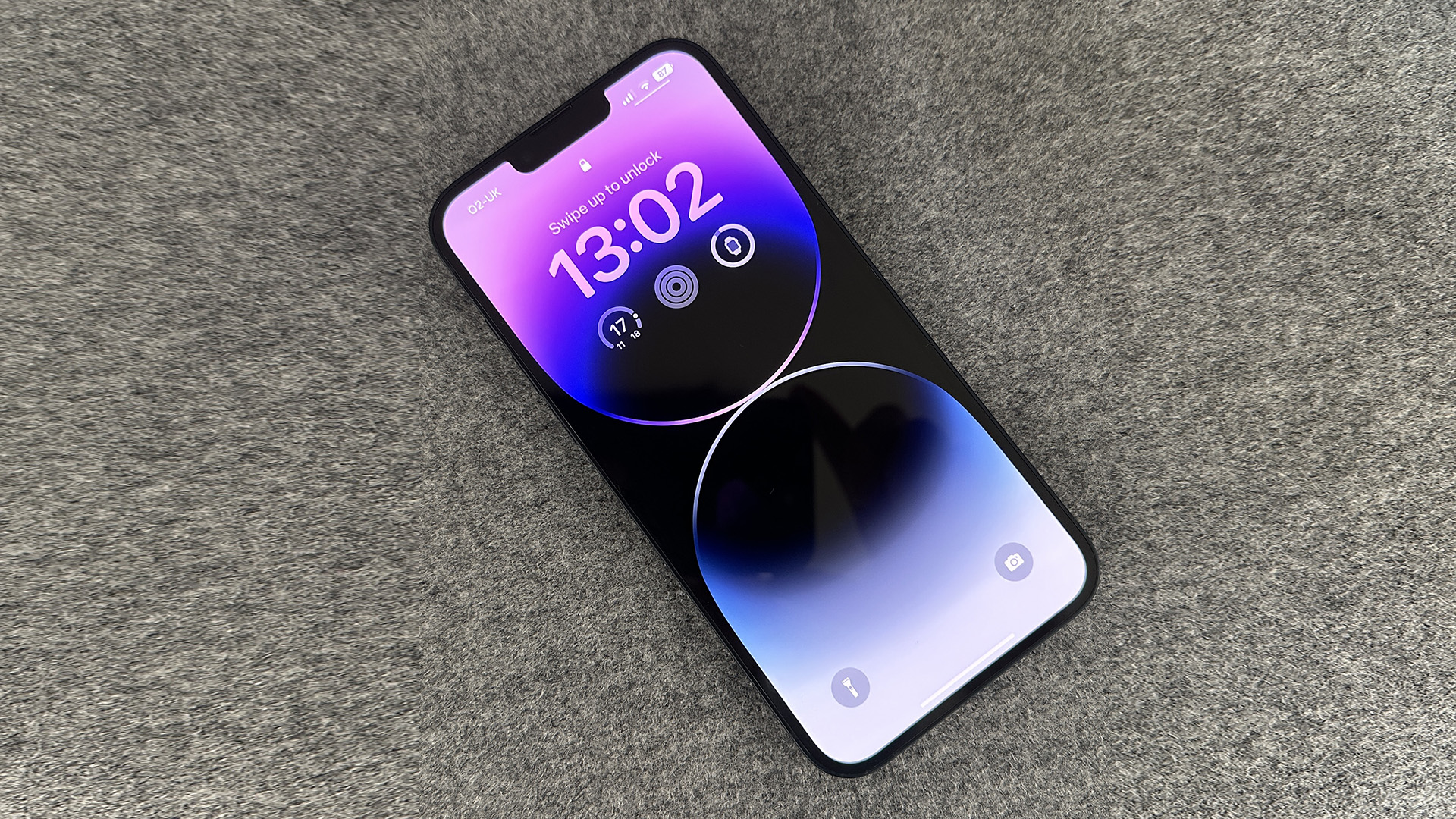
The new addition to the iPhone range comes with a couple of big benefits to the regular iPhone – namely the larger screen and bigger battery. If either or both of these features are of interest, this is the model to go for. Unless of course, you can stretch to the Pro.
-
+
Nice big screen
-
+
More than quick enough
-
+
Takes great pics
-
-
More expensive than the 14
-
-
Misses an always-on display
Why you can trust T3

Apple made one big change this year with the iPhone, and I’m not talking about the Dynamic Island. Instead of a replacement for the iPhone 13 mini, Apple introduced the iPhone 14 Plus. While the mini was a smaller version of the standard iPhone, the Plus is a larger model. The iPhone 14 Plus offers a 6.7-inch screen, the same size as the iPhone 14 Pro Max. And yet by all other specifications, is the same as the iPhone 14.
The iPhone mini appealed to those who wanted the features of an iPhone in a smaller, more pocketable form. I was one of those people, and I was sad to see it left out of this year’s range. The iPhone 14 Plus appeals to a very different audience, those that don’t need pro features but do want to have that large display. I feel this audience is likely to be a split between younger users, who perhaps can’t stretch to the premium cost of the Pro Max and more senior users, who struggle to use smaller displays.
There’s a good chance that this combination of large screen and relative affordability could be even more successful than the regular iPhone 14. The more I use the iPhone 14 Plus, the more I think that’s true. It’s not the perfect iPhone but it is a great trade-off. So what makes it so appealing? Here I’ll look at some of its key features, both in isolation and in comparison to other models in the iPhone 14 family.
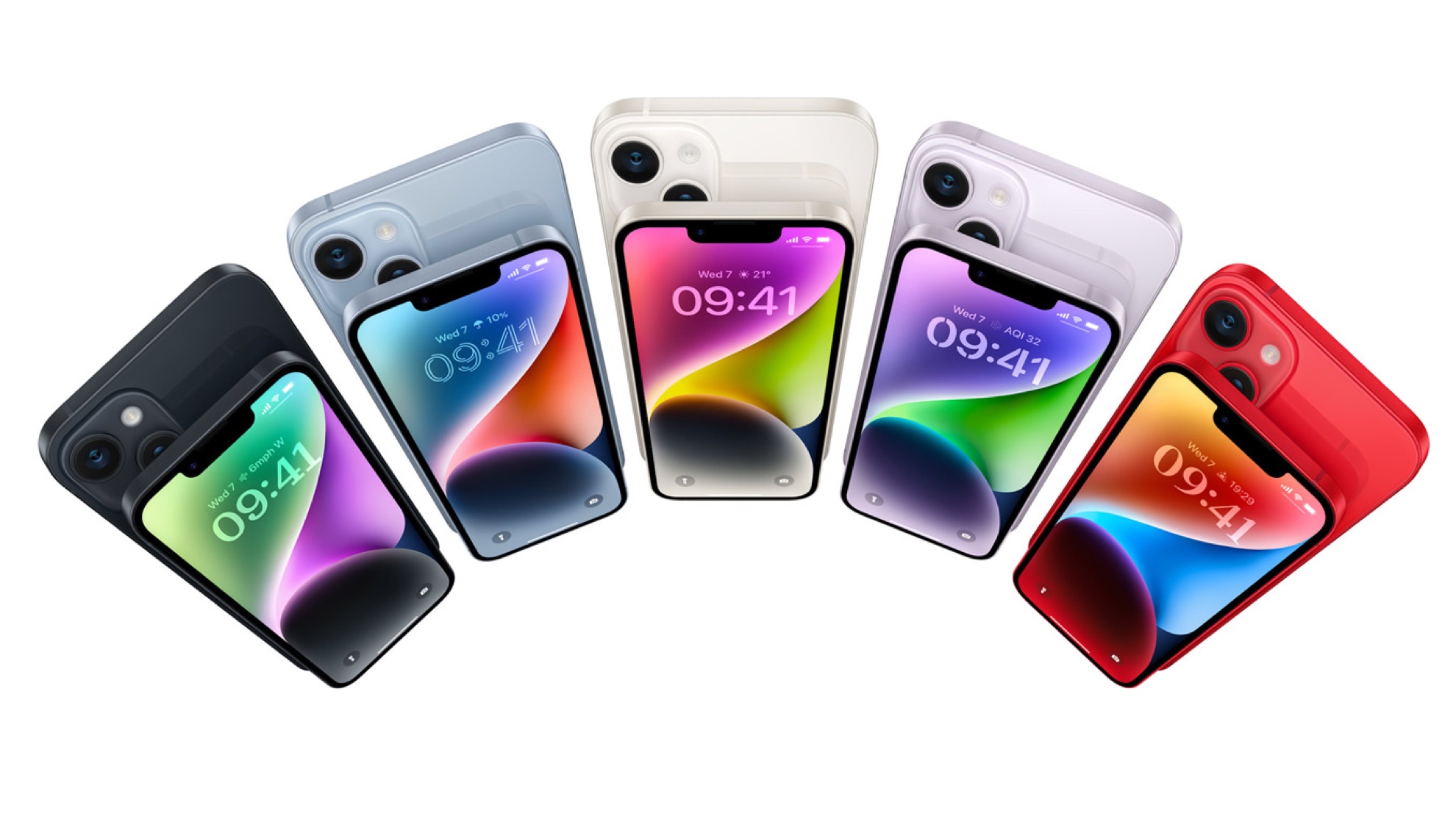
iPhone 14 Plus review: price and availability
The iPhone 14 Plus was announced at the Apple event on 7th September. However it only fully went on sale on 7th October. This was later than the other three models in the range. Some may suggest this was a tactical move to give the regular iPhone 14 room but was more likely down to stock.
It comes in capacities ranging from 128GB up to 512GB, with a choice of five colours, including Midnight (black), Starlight (white), light purple and light blue. The price starts from £949 / $899 / AU$1579 up to £1279 / $1199 / AU$2099 for the top version.

iPhone 14 Plus review: features and design
In everything but size, the iPhone 14 Plus is identical to the iPhone 14. It shares the same processing, power and camera system. This means that it also benefits from the updated A15 processor that is featured in the iPhone 13 Pro, and new camera modules on the front and rear. Like the iPhone 14 it retains the notch for housing the front TrueDepth camera and FaceID sensors, rather than the new Dynamic Island of the new Pro and Pro Max.
It does have Apple’s new crash detection functionality, to automatically call emergency services if you are involved in a car crash. It also has the ability to connect to satellites to send your location in an emergency when out of signal range. There’s also the new Action Mode for video stabilisation and an improved Cinematic mode, which i’ll talk about later.
Get all the latest news, reviews, deals and buying guides on gorgeous tech, home and active products from the T3 experts
The Plus is a similar size as the iPhone 14 Pro Max (actually fractional larger) but it is 37g lighter, due to the use of aluminium rather than stainless steel around the edge. I was a little worried it would feel too light. After all, I love the feel of the iPhone 14 Pro Max in the hand – it feels solid. While the Plus is definitely lighter it doesn’t feel plasticky at all and still has enough weight in the hand.
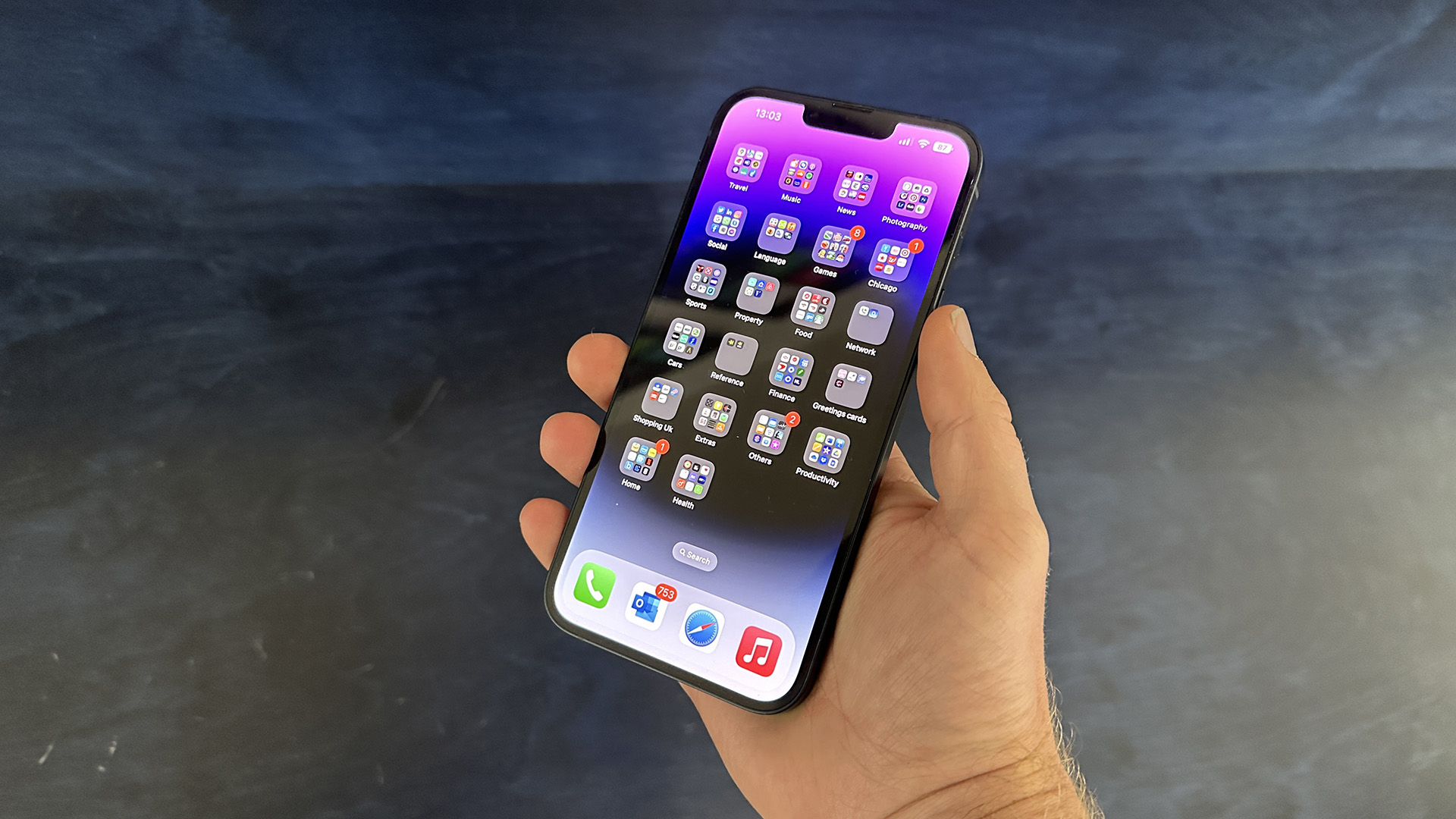
iPhone 14 Plus review: display
The display is ultimately what will draw people to the iPhone 14 Plus. This is a 6.7-inch display with a 2778 x 1284 pixel resolution. The 1200-nits peak brightness is the same as the iPhone 14 but not up to the 1600-nits HDR of the Pro and Pro Max.
There’s no always-on display here, so you can’t take full advantage of the new iOS 16 lock screens. Well, you can still use the widgets but you’ll need to tap the screen to wake it and see them. It also lacks the ProMotion of the Pro models that brings both the fast 120Hz and slower refresh rates. Instead, like the iPhone 14, this display has a 60Hz display.
It is a shame that Apple didn’t give this a 120Hz refresh rate, and an always-on display. Even if this was a more basic form of ProMotion, I think with those two features, the iPhone 14 Plus would be hard to beat.
In isolation, the iPhone 14 Plus screen is very impressive. Colours look punchy and bright, there’s plenty of detail and the sheer size of it makes it a pleasure to use. Placed side by side with the iPhone 14 Pro Max, however, you can see marked differences in how images appear on the screen – having a greater tonal range, thanks to the brightness range. By comparison, both images and videos on the Plus look a little flat.
The 120Hz refresh (or lack of it) is most noticeable in games and fast movement but you can even see it in the smoothness of scrolling through photos or web pages. Like with the brightness, it’s something you only miss if you’ve been used to having it. Those upgrading from an iPhone 12 or older will only see improvements here.

iPhone 14 Plus review: battery and performance
I said before that the only difference between the iPhone 14 and iPhone 14 Plus is the screen, but that’s not entirely true. Like the Pro Max compared to the Pro, the Plus has a slightly larger battery. Though Apple doesn’t quote the exact size, this is believed to be 4325mAh compared to the 14’s 3279mAh. This on paper means an extra four to six hours of video playback.
In practice, the Plus gives a solid day and a half of use (at least 30 hours straight). Most days under moderate use it still had around 60% of battery life left when I plug it in, so you’re not going to get caught out if you forget to charge it one night. As much as I missed the always-on display here, it probably helped to eke out a bit more battery by not having it.
This year for the first time, the iPhone range does not all share the same processor. While the iPhone 14 Pro and Pro Max get a new A16 Bionic chip, the iPhone 14 and 14 Plus use last year’s A15 chip – though the slightly superior one from the iPhone 13 Pro and Pro Max. It means the Pro models have more power and faster benchmark scores. It doesn’t mean the iPhone 14 Plus is slow. The A15 chip is still a seriously impressive CPU and GPU that still outperforms most other smartphones.
In practice, I found the iPhone 14 Plus to be extremely fast, even when using memory-intensive programmes like Garage Band and iMovie. For most users, the power of the A15 chip on this phone is more than sufficient and, unless there’s a huge jump in processing power in the next couple of years, will continue to be capable for way more than most people’s upgrade cycle.

iPhone 14 Plus review: camera and video
The camera array on the rear includes the same two cameras as the iPhone 14. These include a brand new 12MP 26mm main camera with a larger sensor than previous years and a faster f/1.5 aperture. This is potentially the same model as on the iPhone 13 Pro.
The second camera is the ultra-wide 12MP 13mm lens. This remains unchanged from the the iPhone 13, though promises improved performance thanks to the Photonic Engine that forms part of the iOS16 update.
The idea behind the Photonic Engine is that it applies Apple’s Deep Fusion technology earlier on in the processing, at the uncompressed RAW image stage. This then provides improved dynamic range and detail in low light conditions.
Perhaps the most notable camera change over last year’s models is the True Depth front camera. This now has a larger f/1.9 aperture and autofocus, which results in much sharper selfies.
The lack of a telephoto lens on the rear is one of the major differentiating factors between the pro and non-pro iPhones. For many, not having the option to essentially zoom in isn’t a problem. However, I feel it would be even less of an issue if the iPhone 14 Plus had the 48MP sensor of the iPhone 14 Pro models. This would then give you the option to use a 2x zoom and still get at least some zoom without losing resolution.
The crux is, both the rear cameras on the iPhone 14 Plus produce great looking images. As with the iPhone 14, there’s nothing here to disappoint. When viewing the images at 200% or more you do start to see the painterly effect of the JPEG processing, but at 100% or anything viewed full screen, it still looks great. This was especially true for low lights shots, that obviously take a little more processing to keep them looking clean and bright.
Interestingly, when comparing the images to identical shots taken on the iPhone 14 Pro Max, the differences are only slight. There’s a little more detail and definition in the Pro Max shots, but you really have to look for it. Obviously if you were to compare it with the 48MP RAW files from the Pro Max, it would look very different – not least as there’s no RAW option available on the 14 Plus.
The iPhone 14 Plus does benefit from a couple of big improvements on the video side. The new Action Mode is really impressive for video stabilisation, as it crops the video to 2.8K (2816x1584 pixels) and then uses the surrounding area on the sensor to provide the room for the stabilisation, by moving the image frame around to counteract the shake. Cinematic Mode – which provides a video version of Portrait mode, artificially blurring the background – is now available in full 4K too. This means you can create even more impressive cinematic-style videos.


Close crop from the iPhone 14 Plus (left) and iPhone 14 Pro Max (right)

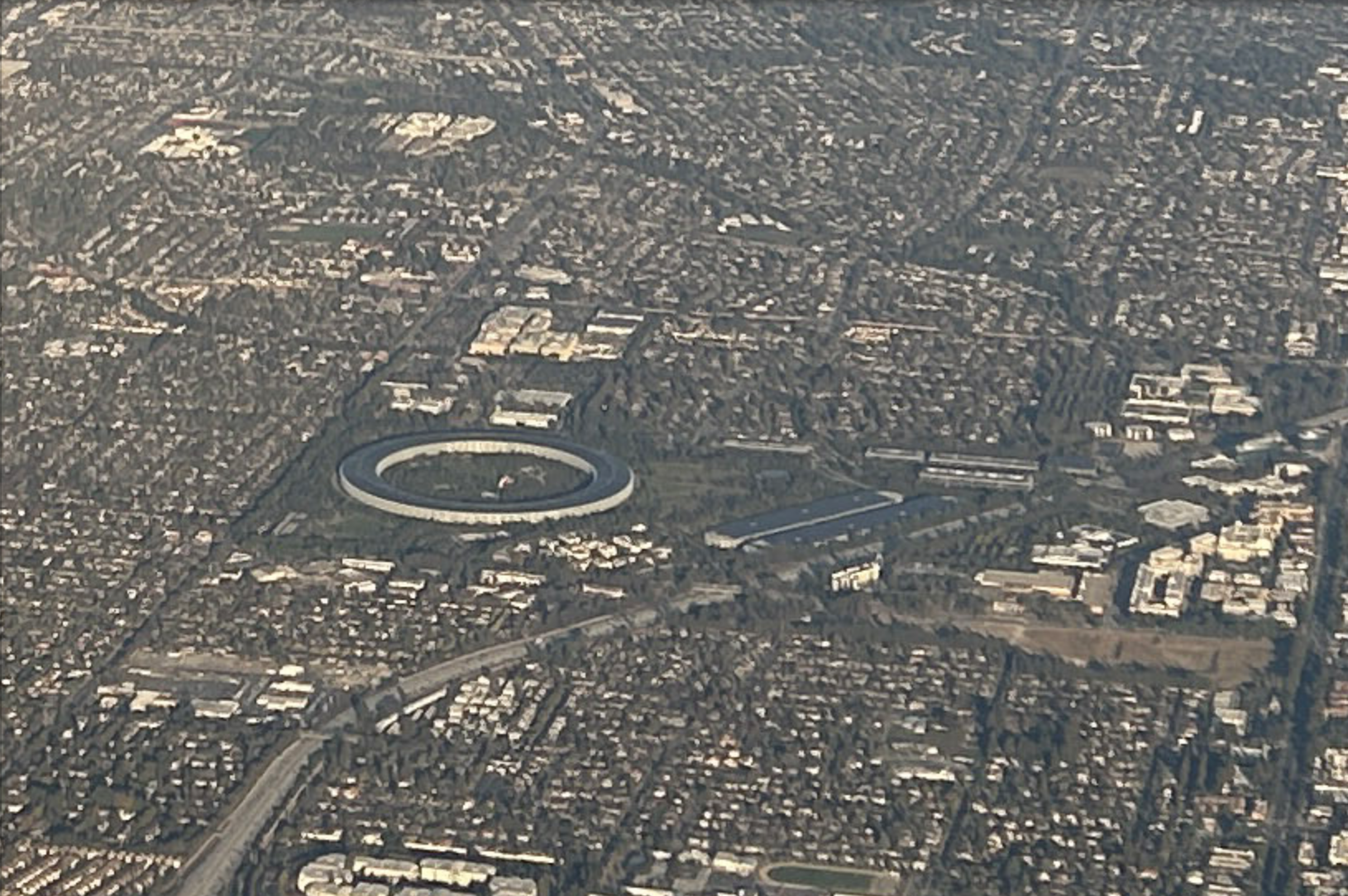
200% crop from the iPhone 14 Plus
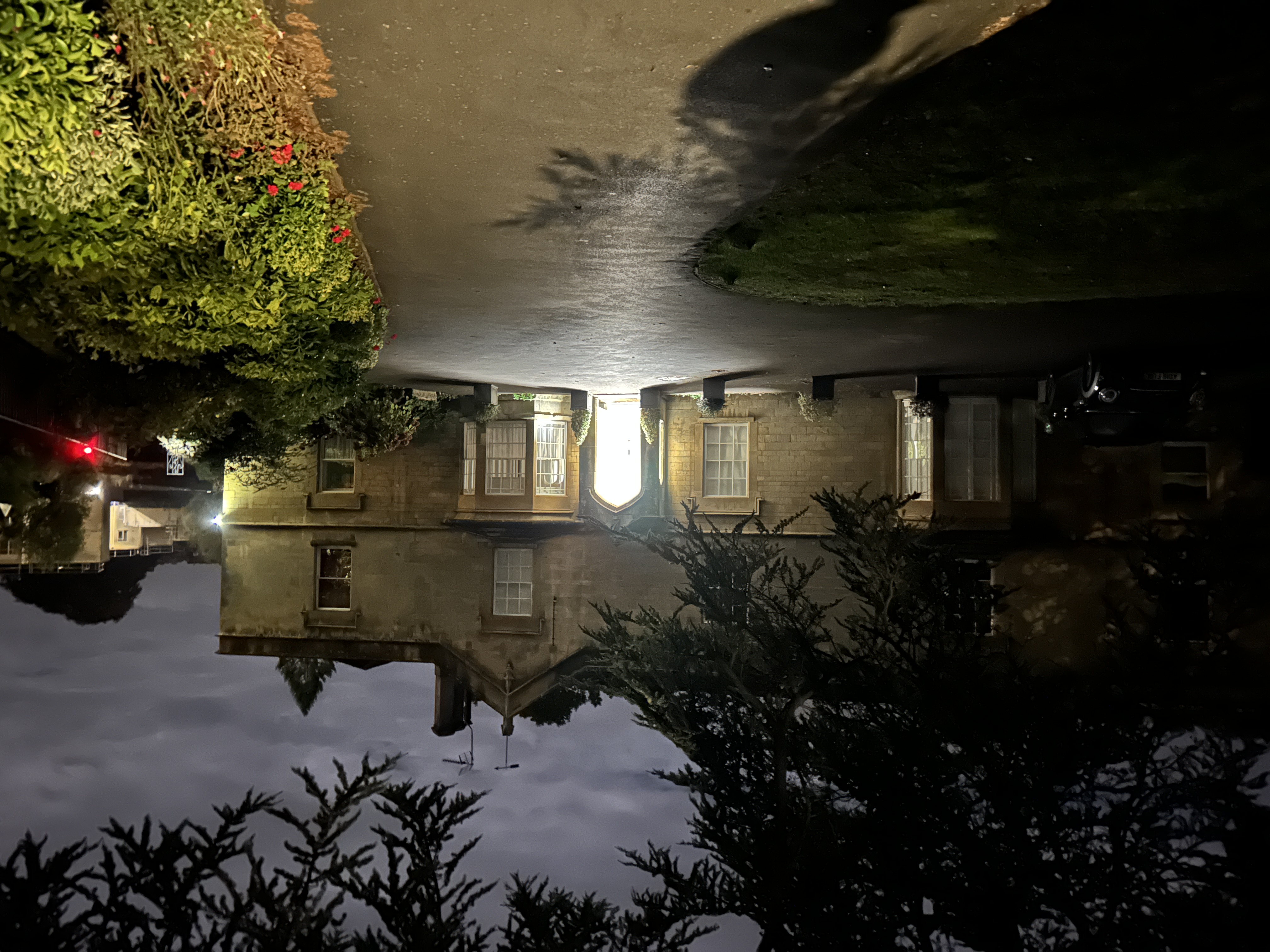
Low-light night shot on the iPhone 14 Plus

Selfies look better on the iPhone 14 Plus, thanks to the larger aperture and autofocus


iPhone 14 Plus review: verdict
The iPhone 14 Plus is in many ways a more appealing prospect than the standard iPhone 14. The larger screen and bigger battery make it more appealing to those that send more time on their phones. For an extra £100 / $100 on the 14, it is certainly a decent option for anyone upgrading from the iPhone 12 or older.
It’s a very useable phone that feels great and not too heavy in the hand. It takes impressive pictures with both front and back cameras, as well as excellent video. The screen might not have the brightness of the Pro models but it still looks good and is perfect for watching a film or gaming on the go.
As much as I hate to admit it, the Plus does feel like a better option in this regard than the old iPhone mini. If this offered an always-on display, 120Hz refresh and a 48MP main camera, it could be the perfect iPhone. For now though I would certainly recommend this to anyone looking to buy a non-pro iPhone this year.

iPhone 14 Plus review: also consider
Of course, if you don’t need a bigger screen or an extended battery life, the standard iPhone 14 is £100 / $100 cheaper and has the same functionality. Many also find the smaller 6.1-inch display to be more manageable for one-handed operation – there are certainly areas of the 6.7-inch display your thumb won’t reach without changing your grip or using your other hand.
To really get the best of the iPhone features though, you may want to step up to the iPhone 14 Pro Max. This gives you that stunning 1600-nit 6.7-inch always-on display as well as the 48MP main camera, and extra telephoto lens. While this will cost you an extra £200 / $200, there’s also the iPhone 14 Pro which is just £100 / $100 more and just sacrifices a little on the screen size.
As T3's Editor-in-Chief, Mat Gallagher has his finger on the pulse for the latest advances in technology. He has written about technology since 2003 and after stints in Beijing, Hong Kong and Chicago is now based in the UK. He’s a true lover of gadgets, but especially anything that involves cameras, Apple, electric cars, musical instruments or travel.
